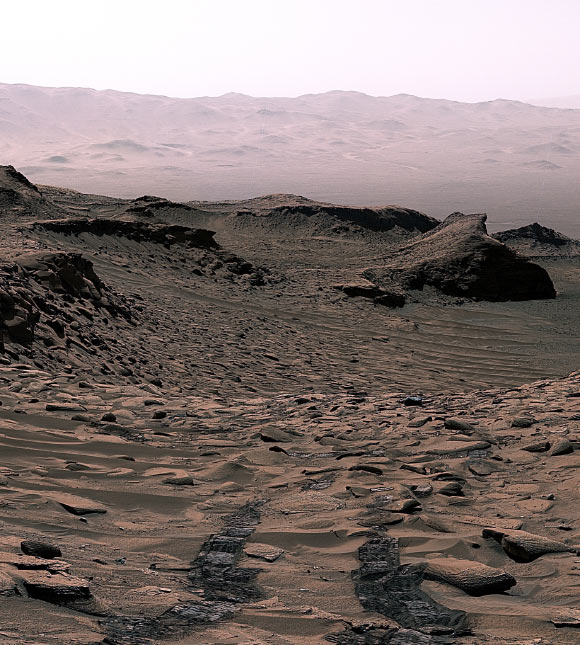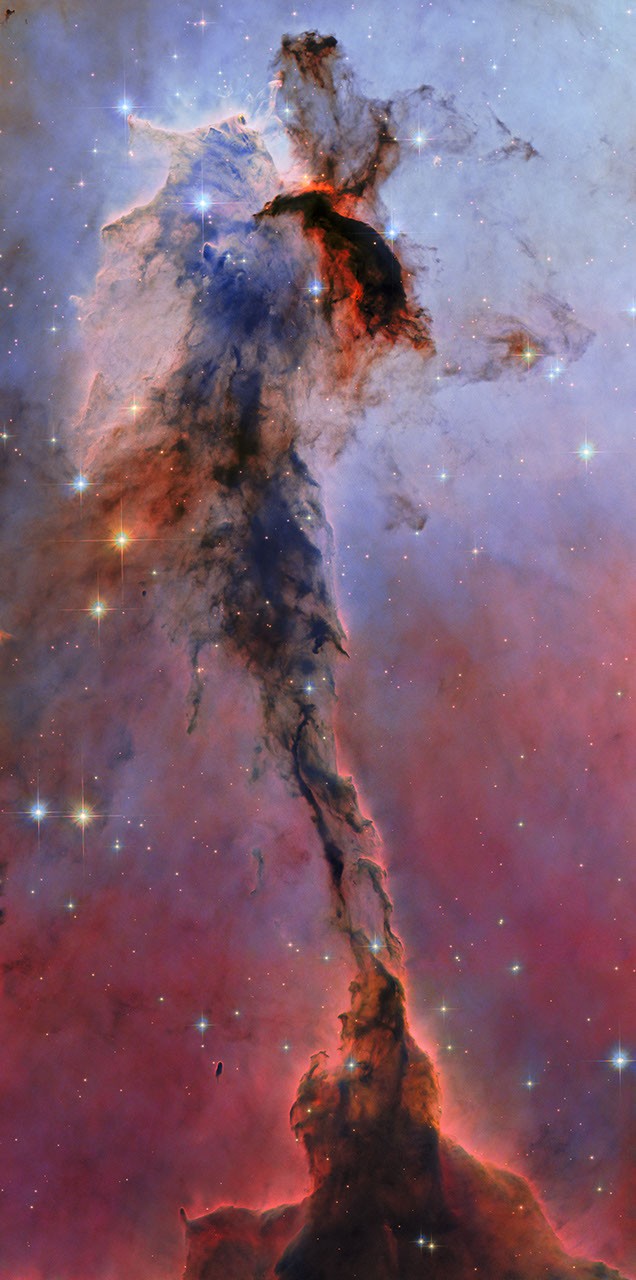Now Reading: Curiosity Rover Discovers Evidence of Ancient Carbon Cycle on Mars
-
01
Curiosity Rover Discovers Evidence of Ancient Carbon Cycle on Mars
Curiosity Rover Discovers Evidence of Ancient Carbon Cycle on Mars

Fast Summary
- NASA’s Curiosity rover has uncovered evidence of a carbon cycle on ancient Mars, hinting at the planet’s potential habitability.
- Researchers analyzed sedimentary layers within Gale Crater, an area known to have held an ancient lake.
- High concentrations (5-10% by weight) of iron carbonate mineral siderite were discovered in magnesium sulfate-rich deposits.
- Findings suggest water-rock chemical reactions and evaporation caused carbon dioxide to be sequestered into these rocks historically.
- This highlights a large, previously unidentified global carbon reservoir and points to atmospheric evolution involving a carbon cycle on Mars.
- Some carbonates were later destroyed, releasing CO2 back into the atmosphere in subsequent processes.
- These discoveries considerably advance understanding of geological and atmospheric changes on Mars over billions of years.
Indian Opinion Analysis
The findings from curiosity offer profound scientific implications for planetary research. India, which has actively pursued space exploration through missions like Chandrayaan and Mangalyaan, stands inspired by such breakthroughs. The revelation enhances global efforts toward unraveling the history of life-sustaining conditions beyond Earth. For India’s growing space ambitions under ISRO or potentially private entities, deeper collaborations with international organizations like NASA can accelerate advancements in astrogeology.
Furthermore, technologies enabling precise mineralogical analysis as demonstrated by Curiosity spark discussions about resource mapping for future human exploration-aligning with India’s interest in resource-based studies both terrestrially and extraterrestrially. While such evidence doesn’t confirm life on Mars outrightly yet, it emphasizes patience and rigor that scientists worldwide must adopt when navigating unknown frontiers.























